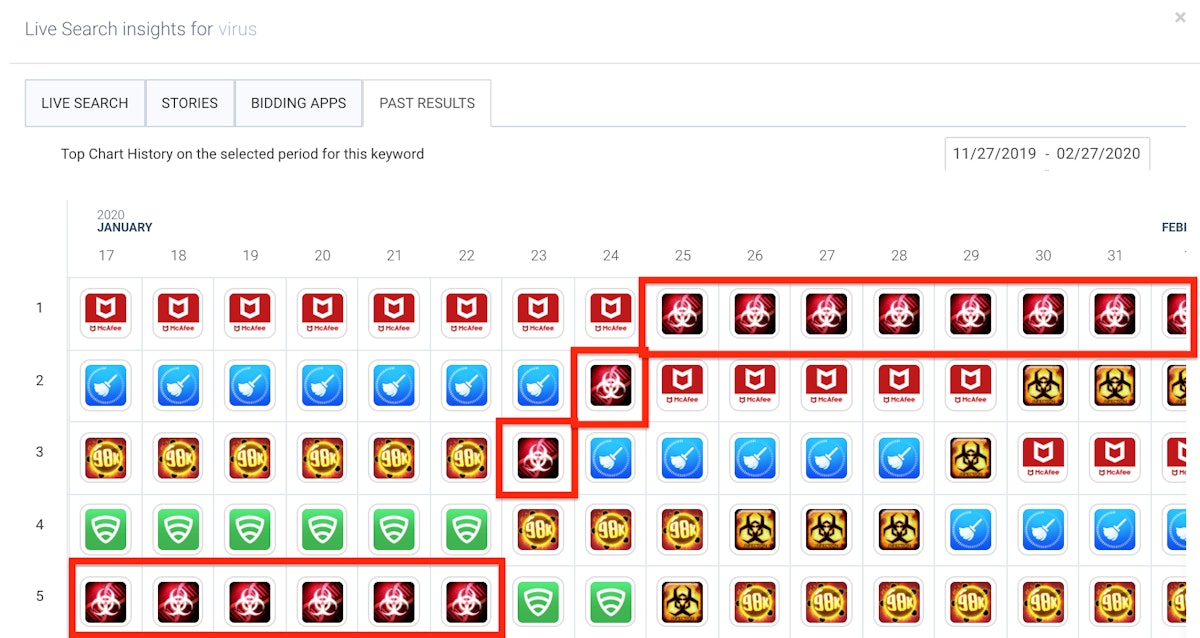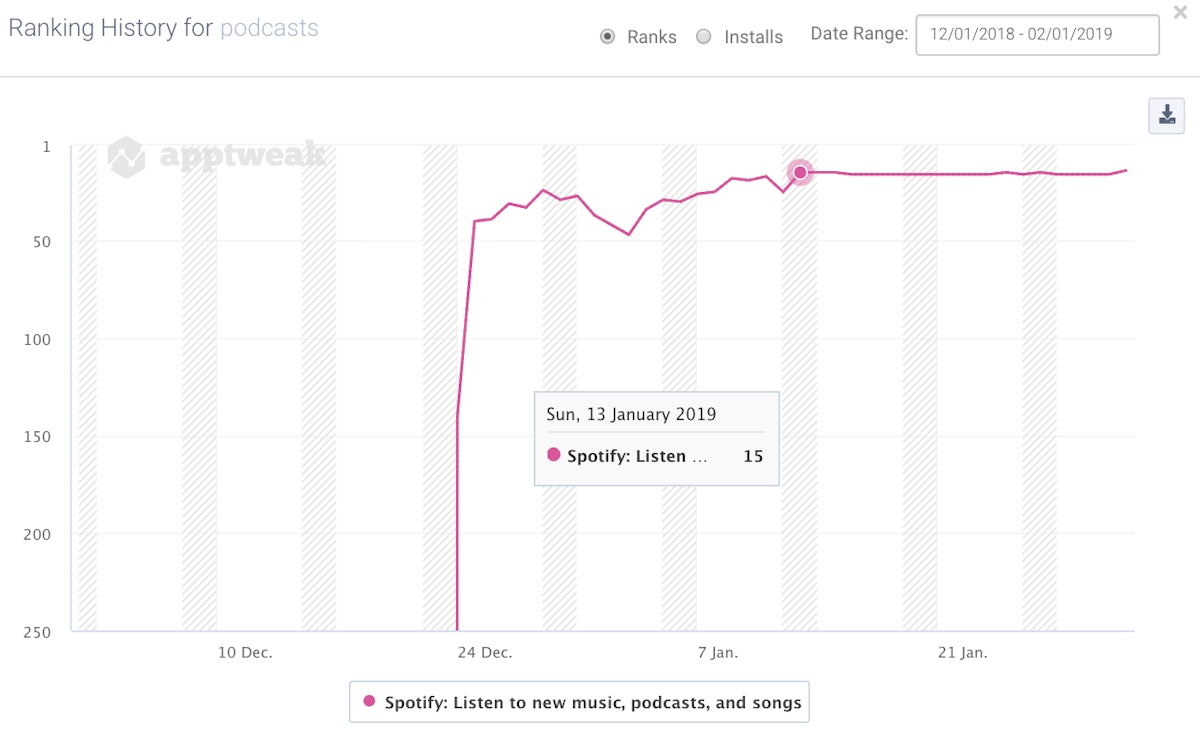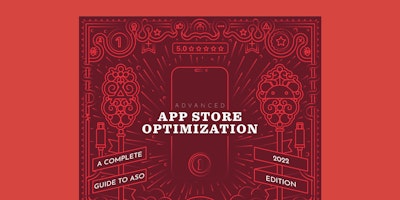
How Often Should You Update Your App Store Metadata?
Keeping your app’s metadata fresh is essential for boosting visibility and engagement in an increasingly competitive marketplace. Metadata, which includes your app’s title, description, keywords, and creatives (screenshots and icon), plays a pivotal role in not only attracting new users but also retaining existing ones.
Regular updates to your metadata can significantly impact your app’s search optimization and user appeal. But how often should you update your metadata?
This blog post outlines the best practices for updating your metadata for both the iOS App Store and Google Play.
How often should you update metadata?
Regularly updating your app’s metadata on the App Store and Google Play is one of the most efficient ways to ensure sustainable app visibility and to drive downloads every day.
However, there is no single update frequency that will ensure your app’s visibility keeps increasing (or even remains stable) over time.
Learn how ASO on the App Store is different from Google Play
In our ASO Trends & Benchmarks 2024 data study, we dug deeper to understand the metadata update tendencies by top apps and games on both Apple and Google:
- Nearly 50% of games update their screenshots more than twice a year. Games also update their icon frequently with 55% of top games having refreshed their icon on Google Play last year (2023).
- What’s surprising is that nearly 80% of apps and games still don’t update their app titles annually. Given that titles hold significant weight in app store algorithms, this oversight is a golden opportunity missed!

Download the report now to uncover more unique data insights for your app or game
Metadata updates on iOS
The challenge in updating your metadata is determining how long it takes for each store’s algorithm to reflect the changes.
For iOS, the process can be almost instantaneous. For example, in January 2019, Spotify changed its app title from “Spotify Music” to “Spotify: Music and Podcasts.” Within one day, the app went from being “unranked” to ranking #11 for the keyword “podcast.”
 Spotify started ranking on “podcasts” in the US (iOS) just one day after adding the keyword to its title. Source: AppTweak
Spotify started ranking on “podcasts” in the US (iOS) just one day after adding the keyword to its title. Source: AppTweak
But this is not always the case.
Metadata fields do not solely influence keyword rankings.
Daily download volume also plays a significant role in app ranking for the same keywords. So, it’s important to monitor where your app ranks for targeted keywords over time. For example, Plague Inc. became the #1 ranking app for the keyword “virus” in the US since January. This happened without any metadata changes, simply due to a major increase in downloads during the coronavirus pandemic.

Plague Inc. rose to the 1st position in the US App Store due to the coronavirus pandemic despite not using the keyword “virus” in its title. Source: AppTweak
Given the various factors influencing keyword rankings, ASO experts generally agree that keyword rankings stabilize around 4 weeks after a new build is uploaded to the App Store. This timeframe allows for an accurate review of the metadata change’s impact.
Metadata updates on Google Play

Expert Tip
Based on our ASO Trends & Benchmarks Report 2024, we discovered that top apps and games in the US update their metadata more often on Google Play than on the App Store. In fact, popular apps and games tend to update their screenshots more often, but their icons less often than lower ranking apps.Keyword indexation and ranking on Android take more time than on iOS. Using Spotify‘s app title as an example, despite changing the title to “Spotify: Music and Podcast” on December 20, 2018, the app only started ranking for “podcasts” on December 24 and reached a stable rank around January 13.
 Spotify rankings for “podcasts” in the US (Google Play) only stabilized 3 weeks after the addition of the keyword to the app’s title.
Spotify rankings for “podcasts” in the US (Google Play) only stabilized 3 weeks after the addition of the keyword to the app’s title.
One possible explanation for the slower stabilization of rankings on Google Play is that Android may measure apps’ conversion rates per keyword to determine their order. While this isn’t the only ranking factor, it aligns with Google Play’s tendency to adjust app ranks over a longer period.
ASO specialists recommend waiting 6 to 8 weeks before updating metadata on Android. This timeframe ensures you have a stable dataset, making it easier to determine which keywords to target next.
Optimize metadata right after an app launch
While it is usually preferable to wait for keyword rankings to stabilize before deciding how to update your metadata, certain circumstances might dictate that you make changes more often. One of the most common examples of this is during a new app launch.
Use AppTweak to develop an ASO pre-launch strategy for your app
On iOS, new apps tend to be favored in keyword rankings during the first 7 days after their release in the App Store.
Although the App Store doesn’t provide data on downloads per keyword, this incentivizes you to target bold keywords when launching your app. Adjust your metadata based on what resonates with your first-week users in the subsequent weeks after launch.
Conversely, Google Play algorithms tend to “wait and observe” how apps convert for various keywords. This approach can negatively impact apps trying to maximize their metadata immediately. Many apps on Google Play can only be found by an exact title-match search on their publication day. Consequently, if your app relies on a combination of brand and keywords, early users might not find it immediately, as they typically search for your brand or generic keywords
Expert Tip
When launching a branded app on Android, do not necessarily use all 50 characters of the app title in your first few weeks. Instead, add relevant and not-too-competitive keywords as you secure your first stream of regular downloads, then expand on this progressively.Optimize your metadata based on external factors
While keyword optimization is ongoing, most ASO specialists will need only a few iterations to identify the core relevant keywords for your app’s semantic dictionary. Further optimizations are likely to yield marginal gains and follow diminishing returns, with keyword research only finding room for a few more downloads.
Once this plateau is reached, frequent updates become less necessary.
Instead, focus on timely updates driven by external factors identified during keyword monitoring. The two main external factors impacting keyword rankings are search algorithm updates and competitor activities.
- Algorithm updates, which occur a few times a year, can shuffle many keyword ranks and change how keywords associate with certain app groups. Being among the first to react limits download losses from dropped rankings and provides an opportunity to regain lost ranks ahead of competitors.
- New competitor launches and metadata updates offer less room for action but should be central to your store monitoring. They may force you to defend or abandon targeted keywords or present opportunities to add keywords overlooked by competitors.
Keyword optimization for non-search performances
Lastly, some marketers adopt a keyword optimization strategy that doesn’t focus on search results but aims to enhance browse traffic performance and store conversion.
- Optimizing for browse traffic involves targeting keywords likely to bring featuring opportunities or improve traffic from “similar apps.” A common practice here is the “road blocking” strategy, where the same keywords are targeted across different apps. This approach not only pushes competitors further down in search results but also creates a visibility loop in the ‘Similar Apps’ section, promoting multiple apps from the same developer.
- Keyword optimization aimed at conversion is often used by apps with high seasonality or strong brand power. In this case, keywords are updated to align with marketing campaigns or current topics of interest for target users
Final thoughts
To conclude, the frequency at which you should update your app’s metadata depends on your available resources and overall ASO strategy. There isn’t a one-size-fits-all update frequency that guarantees optimal visibility.
However, regularly monitoring keyword rankings and store changes is crucial for adapting and uncovering new opportunities to maintain visibility.



 Georgia Shepherd
Georgia Shepherd

 Micah Motta
Micah Motta

 Oriane Ineza
Oriane Ineza

 Lina Danilchik
Lina Danilchik

 Alexandra De Clerck
Alexandra De Clerck
